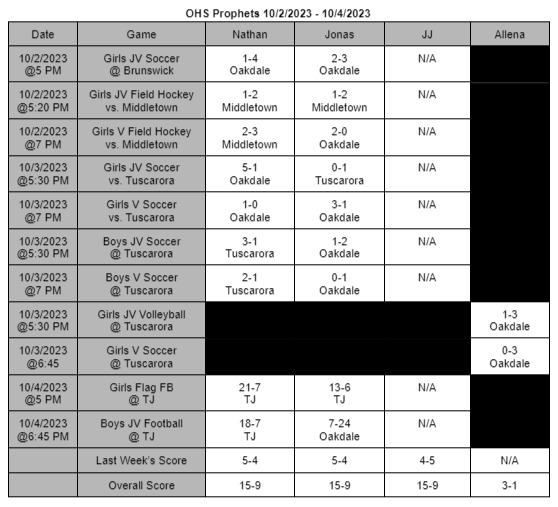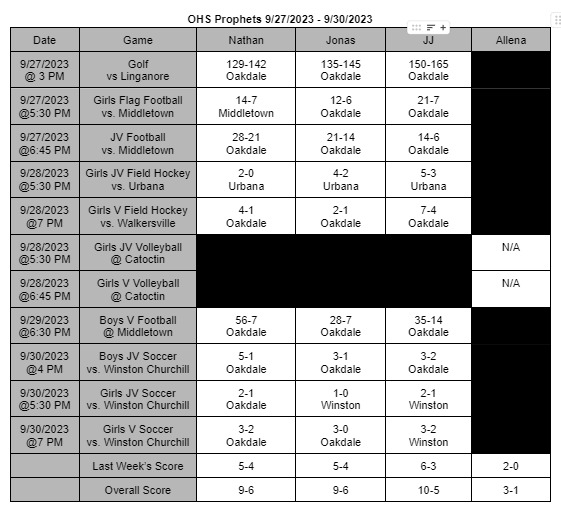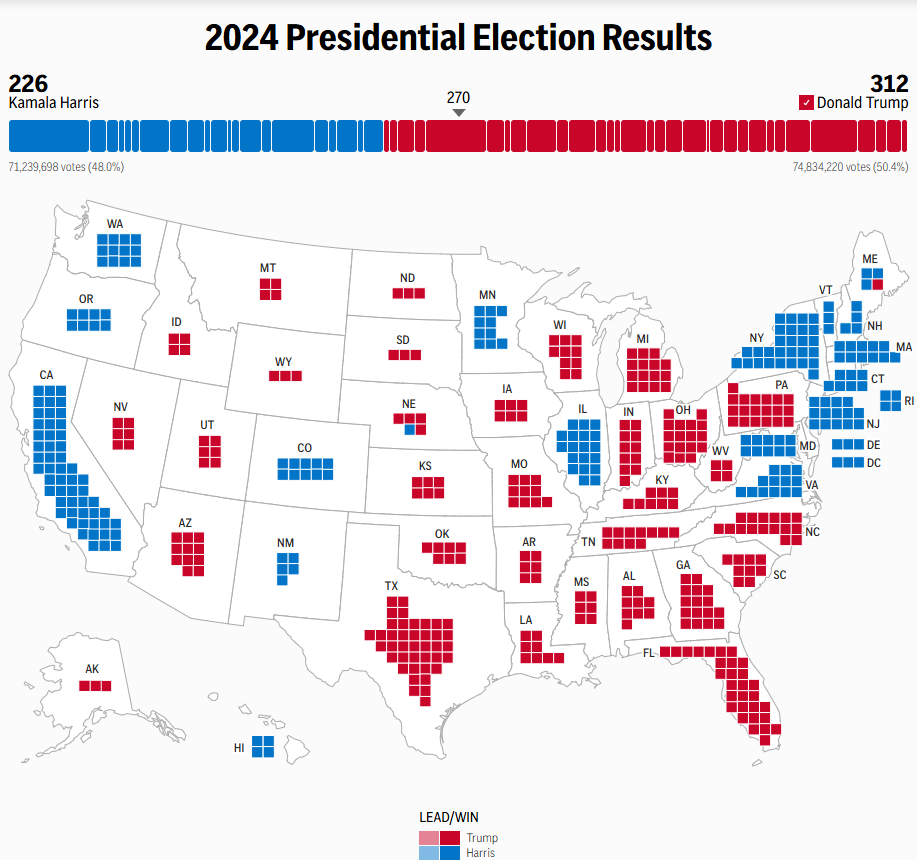Many teachers tend to use the old fashioned grading system: using percentage then calculating the letter grade. Recently, there have been select teachers who have chosen to use a new rubric that translates to letter grades only.
This grading system comes from a book published in 2018 called “Grading for Equity,” by author Joe Feldman. Feldman’s main goal for this book was to: “raise standards and improve learning for all students.” Feldman’s book has influenced many teachers throughout America, with schools all over the country beginning to use the letter system and equity.
While grading, Feldman expressed how important it is to be equitable to all students. The system uses a 4 point scale, 4 points having expectations being exceeded, 3 points is meeting expectations, 2 points is approaching expectations, and 1 point is not meeting expectations. The purpose of this grading system is to have it mainly assessment-focused, with assignments such as homework and warm-ups that are smaller grades, for practice leading up to the larger grades like tests and quizzes.
“By aligning scores with standards, the student and the teacher will be able to identify what the student has mastered and which standards need to be revisited and potentially reassessed,” Ms. Brooke Hontz, assistant principal, explained.
“The rubrics are specific and transparent. There is no mystery about how something received a score,” Hontz continued. Transparency is one factor why teachers started using this upcoming change in FCPS policy.
Mrs. Danielle Clagg, English teacher, is one of the few teachers who do use this system.
Though there were many factors as to why Mrs. Clagg chose to do this, the deciding factor was her experience from her previous school, while Oakdale and FCPS is just now transitioning to this national trend.
Mrs. Clagg believes that it is far more efficient and useful. However, she understands many students dislike the way she grades.
“Some students don’t like it because they are getting a letter grade instead of a number grade,” Clagg mentioned. She went on to explain how it was important to think about how the grading should be more aimed at what is in the students best interest instead of what they prefer.
From a student’s perspective, it may be hard to figure out at first what percentage they have, what it would be, and how this grade would affect their GPA.
“Honestly, I’m not really sure how it worked at the beginning of the semester, but the more it’s been used, the more I like it,” explained Sophomore Ellasyn McClane.
McClane explained the difficulties of checking her grades and how the way it was set up was hard to comprehend at first: “Whenever I look in the gradebook, I’d see a letter instead of a percentage, so it made it kind of difficult to check my grades to see if anything was missing,”
Throughout the school year, Clagg realized that what she sees in the gradebook is different from what students see in their grade report. She described how once she realized this, she began putting scores next to the assignment in the gradebook, so students could have a more accurate view.
“I’ve changed the way I post grades. In the comments in Schoology I either put the percentage or for example 18/20,” Clagg recounted.
Though some students dislike it, most happen to get used to it. It has been described as hard to understand and confusing at the beginning of the semester, but as more time passes, it becomes easier. Overall, this new grading system will be a success in its transition to FCPS.































